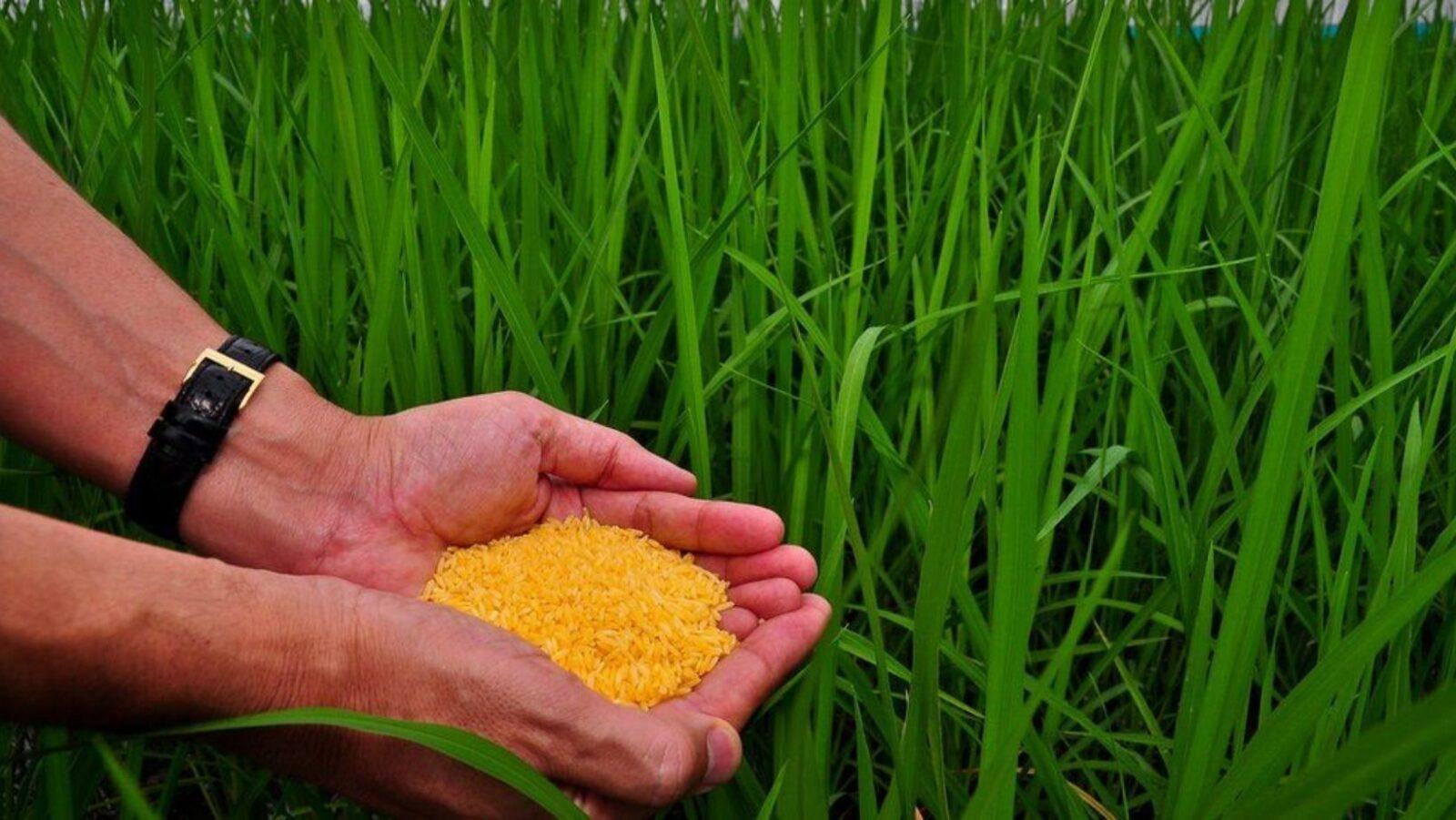In about a week’s time, Marvel fans will flock to theaters to watch Captain Marvel, the newest film in the Marvel Cinematic Universe. (And if you’re one of them, we’re sure that you’re ecstatic to see how Carol Danvers will help the Avengers beat Thanos for good.)
In the comics, Danvers was originally an Air Force officer. She transformed into a powerful human-alien hybrid in an explosion involving a device from the Kree, an advanced alien race. The trailers gave us a glimpse of an amnesiac Danvers, seemingly on her way to discovering her past and fighting against another group of aliens called the Skrulls (more on them later).
We’ve already seen a few of the literally out-of-this world powers of the characters in this movie. Now, let’s take a look at how science can explain some of these incredible feats.
Flight

Just like Iron Man, Captain Marvel can fly at high speeds. The biggest difference, though, is that she doesn’t rely on a suit of armor to do it.
Did you ever try flapping your arms like a bird when you were young? If you did, you probably learned pretty quickly that no matter how hard you flap, flying just isn’t possible. So why can’t we fly like the birds in the sky?
To answer this question, we must go back to Newton’s Third Law of Motion: For every action, there is an equal and opposite reaction.
Simply put, flying requires pushing air backward to lift oneself up. But here’s the catch: we’re heavier than birds, so we need to flap our arms faster to push more air backward. Sadly, the current number of muscles in our bodies can’t take that much stress. Also, unlike birds, our bones aren’t hollow.
Scientists from Yale University have already concluded that the dream of flying as birds do will forever be just that – a dream. Unlike birds, our weight increases faster than our strength. Using any sort of improvised wings will just add to your already unliftable weight. If you really want to soar, save up for a plane ticket instead.
Energy blasts
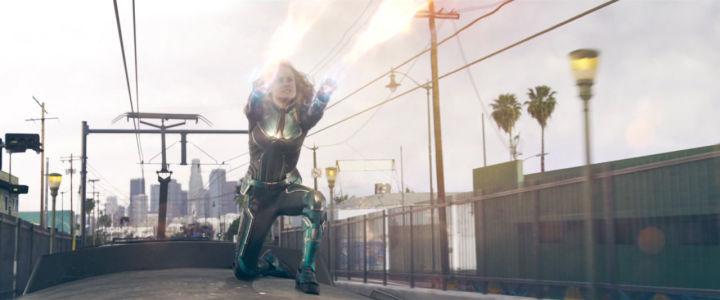
We’ve also seen Captain Marvel release surges of energy from her hands. (They don’t quite look like the Dragon Ball character Son Goku’s kamehameha, but they get the job done.) In the trailers, we see an utterly astounded Nick Fury after Danvers used this power to prove that she’s not a Skrull.
Interestingly, we’re actually getting closer to imitating Captain Marvel’s photon blasts. Scientists are already extensively researching so-called “directed-energy” weapons, such as lasers, which discharge highly focused energy.
According to Douglas Beason, former associate lab director at Los Alamos National Laboratory, military institutions around the world are now acknowledging the potential advantages of these technologies. “You can deliver energy at the speed of light,” Beason said.
Some scientists are also planning to develop laser weapons that create “invisible” rays. As Beason explains: “Any time you can see a beam, that means light is being scattered is some way.” If you’re a military general and you want to cause maximum damage to your enemies, then you should opt for this technology.
Fun fact: Directed-energy weapons can be used to destroy missiles and protect our planet from large space debris. So far, global powers are rushing to develop photon-generating technologies. We’re probably going to see the first prototypes in five to ten years.
Superhuman strength
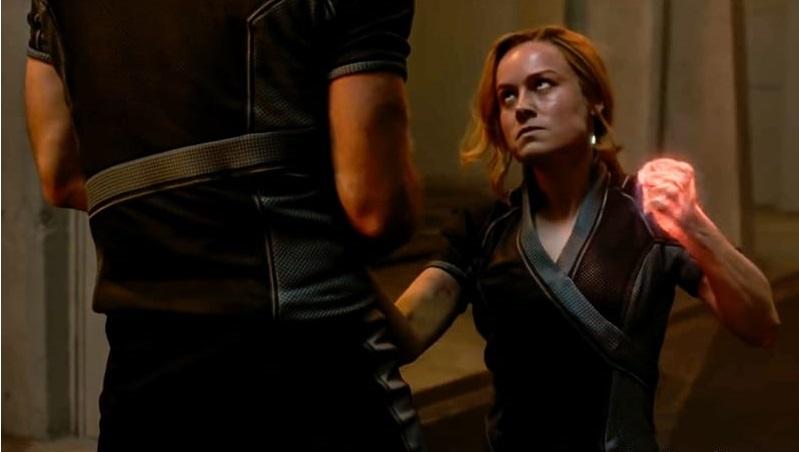
The movie also hints at Danvers’ remarkable strength, just like in the comics. (This certainly wasn’t evident, though, when she punched a Skrull disguised as an old lady in the face.)
Surprisingly, we all experience short-lived superhuman moments. (If you’ve ever experienced running like a cheetah after a dog started chasing you, you know what we mean.)
The secret and science behind our so-called “hysterical strength” lie in the hypothalamus of the brain. The hypothalamus maintains our homeostasis, or internal balance. It commands the adrenal gland to release the hormone adrenaline to activate our “fight or flight” response due to intense stress (like fear) or a sense of danger.
An “adrenaline rush” pushes our bodies to its limits. We temporarily feel no pain, use huge amounts of energy, and essentially pretend to be the Hulk for a moment.
The shapeshifting Skrulls
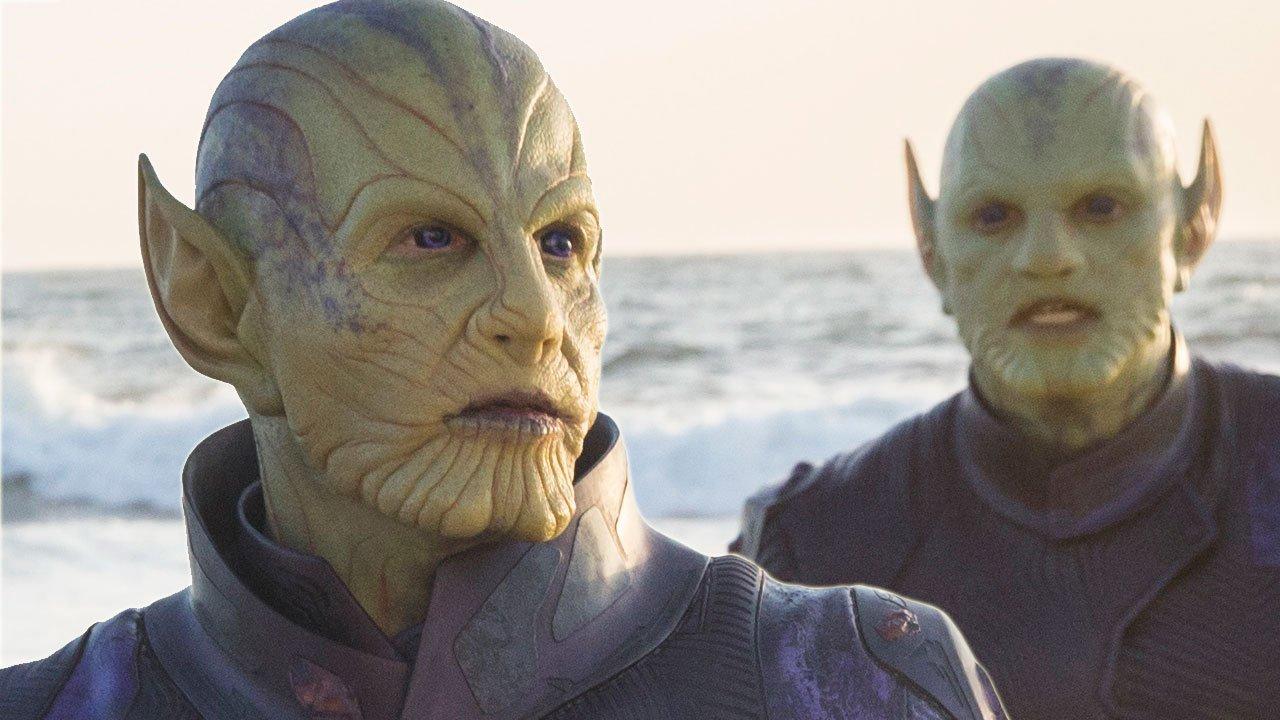
We’ve mentioned the Skrulls multiple times in this article, and with good reason. These green reptilian humanoids will square off against Captain Marvel in the film.
In the comics, a war between the two alien races (dubbed as the Kree-Skrull War) eventually reached Earth. The Skrulls’ shapeshifting ability proved to be quite a bit of a challenge for Earth’s heroes to figure out.
In the real world, however, a few organisms can shapeshift. In 2016, scientists from Queen Mary University of London discovered how sea cucumbers can change their stiffness instantly. Because of their mutable collagenous tissue (MCT), they can ‘turn to jelly’ in the presence of predators. Scientists are aiming to apply their discovery in biotechnology and in medicine.
Meanwhile, researchers from the City College of New York and Yale created a computational model that visualizes the cellular structure of “shape-changing cells.” The new model can potentially shed light on tumor growth, wound healing, and embryonic development.
“We can now create realistic models of the packing of cells in tumors using computer simulations, and ask important questions such as whether a cell in a tumor needs to change its shape to become more capable of motion and eventually leave the tumor,” said Corey O’Hern, one of the developers of the model and a professor from Yale School of Engineering and Applied Science.
Goose the Cat
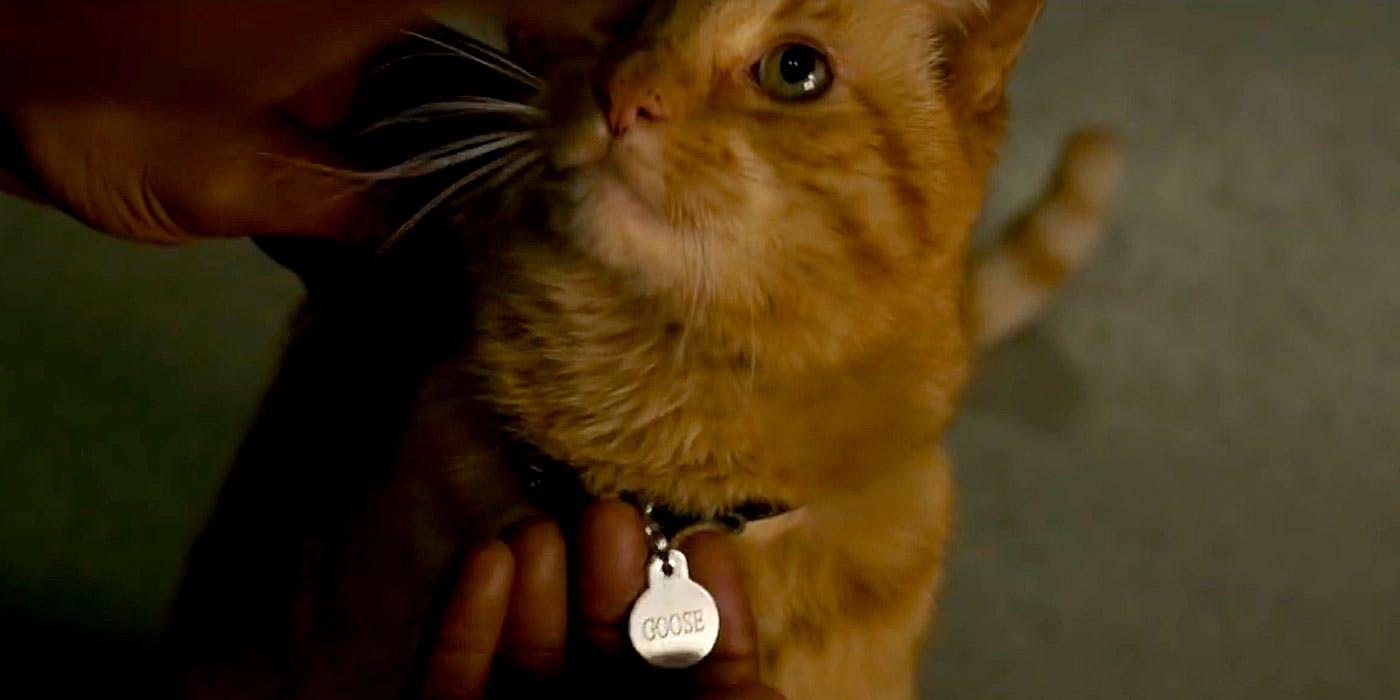
And then there’s the subject of Goose, Captain Marvel’s cat. Or at least, something that looks like a cat.
In the comics, Danvers also has a pet named Chewie. Long thought to be an ordinary domesticated cat, the Guardians of the Galaxy’s Rocket Raccoon instantly recognized it as a Flerken, a dangerous, egg-laying alien species. The most noteworthy (and perhaps terrifying) thing about Flerkens? Their mouths, which contain teeth, smaller mouths with more teeth, and even pocket dimensions.
The idea of a pocket dimension — a smaller dimension separate from the three dimensions of space plus the relative dimension of time — may sound too farfetched. However, that hasn’t stopped researchers from pondering the possibility that such dimensions exist.
“The idea we’re exploring is that the universe has an imperceptibly small dimension (about one billionth of a nanometer) in addition to the four that we know currently,” shared Michael Kavic, a scientist from Virginia Tech, in a 2008 interview. “This extra dimension would be curled up, in a state similar to that of the entire universe at the time of the Big Bang.”
In the film, Goose was named after the Top Gun character (probably because of Carol’s aviation background, and likely to avoid confusion with a character from another popular Disney property). As to whether Goose is a cat or a Flerken… well, we’ll have to see the movie to find out.–MF
Cover photo: Marvel Studios
References
- https://www.marvel.com/characters/captain-marvel-carol-danvers/in-comics/profile#
- http://www.yalescientific.org/2013/03/qa-why-cant-humans-fly/
- https://www.kqed.org/mindshift/31153/what-would-it-take-for-humans-to-fly-like-superheroes
- https://www.scientificamerican.com/article/extreme-fear-superhuman/
- https://www.endocrineweb.com/endocrinology/overview-hypothalamus
- https://www.cbsnews.com/news/the-science-behind-superhero-strength/
- https://phys.org/news/2016-10-scientists-mechanisms-shape-shifting-sea-cucumbers.html
- https://www.sciencedaily.com/releases/2008/03/080310151949.htm
- https://www.ccny.cuny.edu/news/ccny-yale-researchers-make-shape-shifting-cell-breakthrough
- https://www.livescience.com/19181-laser-guns-reality.html
- https://www.ibtimes.com.au/end-world-2013-de-star-project-proposed-after-asteroid-2012-da14-flyby-russian-meteor-blast-1305626
Author: Cesar Ilao III
Cesar III is currently a BS Development Communication student from the University of the Philippines Los Baños. As a science communicator, he is passionate about sharing science to all Filipinos.






